What Is Kukkutasana Yoga And What Are Its Benefits?
Discover the transformative effects of this ancient balance pose for strength and focus.

Image: Shutterstock
Sanskrit: कुक्कुटासन; Kukkut – Rooster/Cock, Asana – Pose; Pronounced as – cook-KETA-sana
This asana is named so because it resembles a rooster. This asana has been mentioned in ancient yoga scriptures like the Hatha Yoga Pradeepika and the Gheranda Samhita. It is a complicated posture that needs arm strength to be carried out well.
Everything You Need To Know About The Kukkutasana
- What You Should Know Before You Do This Asana
- How To Do The Kukkutasana
- Precautions And Contraindications
- Beginner’s Tip
- Advanced Pose Alterations
- The Benefits Of The Cock Pose
- The Science Behind The Kukkutasana
- Preparatory Poses
- Follow-Up Poses
What You Should Know Before You Do This Asana
Like the other yoga asanas, it is essential that your stomach and bowels are empty when you practice this asana. Make sure there is a gap of at least four to six hours between your meal and practice. This will give you enough time to digest your food and generate energy for your practice.
Also, mornings are ideal to practice yoga. But, in the event you cannot practice yoga in the morning, evenings are a good time too.
Level: Intermediate/ Advanced
Style: Ashtanga Yoga
Duration: 1 to 5 minutes
Repetition: None or a few as per convenience
Stretches: Arms, Spine
Strengthens: Shoulders, Elbows, Wrists, Joints
How To Do The Kukkutasana
- To begin this asana, you must sit cross-legged in the Padmasana.
- Fit your arms between the gap of the thigh and calf muscles, and let your palms touch the floor through this gap.
- Spread out your fingers, ensuring they point forward.
- Push your palms as much as you can. Then, inhale while you try to raise your whole body. Your palms must support your body weight. With practice, you will be able to achieve balance.
- Breathe normally as you remain in the pose for as long as you are comfortable.
- Exhale and release the pose. Return to the ground.
Precautions And Contraindications
This asana is an advanced one. If you have lung and heart problems, an enlarged spleen, or gastric ulcers, avoid doing this asana.
If you are a novice, you must practice it under the supervision of an experienced yoga trainer.
Beginner’s Tips
As a beginner, it might be hard to get this asana right. These pointers will help you maintain the pose with ease.
- Turn your gaze to a certain focal point at a distance and concentrate on it. This should help you maintain balance.
- Ensure that your back is erect. Do not slouch while you are in this asana.
- If you find it hard to slip your arms into the gap between your folded legs, you could oil your limbs to make it easier.
Advanced Pose Alteration
This is an advanced pose that springs from the basic Padmasana. There is no advanced pose for this asana. However, there are variations to this pose.
- Urdhva Kukkutasana
- Parsva Kukkutasana
The Benefits Of The Cock Pose
These are some amazing benefits of the Kukkutasana.
- This asana makes the muscles in the arms and the shoulders strong.
- It also helps to make the chest broader.
- The legs are loosened up.
- This asana builds balance and stability and also helps you focus.
- The perineum contracts during this asana, therefore, the muscles are strengthened.
- This asana activates and regulates the Muladhara Chakra.
- It stimulates the digestive system.
- It helps relieve menstrual discomfort and hip pain.
The Science Behind The Kukkutasana
You not only need strength and flexibility to do this posture, but you also need a whole lot of willpower. For this, you need to master the Padmasana first. Once your hips are open and flexible, you need to have strong arms to be able to hold your body weight while you balance mid-air. You also need power in your abdomen, chest, and shoulders to get through with this pose. But once all of this is in place, you need to get your mind to focus. This is the most challenging part. You need to focus constantly on the life energy. To do this, you need proper control over your breathing. You need to turn your focus inwards and concentrate on Dharana and Dhyana. This asana is proof of how physical practice can aid meditation. Not only does this asana tone your body physically but it also trains the mind.
Preparatory Poses
Ujjayi Pranayama
Mula Bandha
Uddiyana Bandha
Follow-Up Poses
Gupta Padmasana
Urdhva Padmasana in Sarvangasana
Sirsasana II
Urdhva Kukkutasana (With the head on the floor)
This asana needs years of training, great physical strength, and mental discipline to perfect it. But the journey to mastering it will teach you a whole lot about yourself and make you a calmer, stronger, and happier person.
Read full bio of Shirin Mehdi


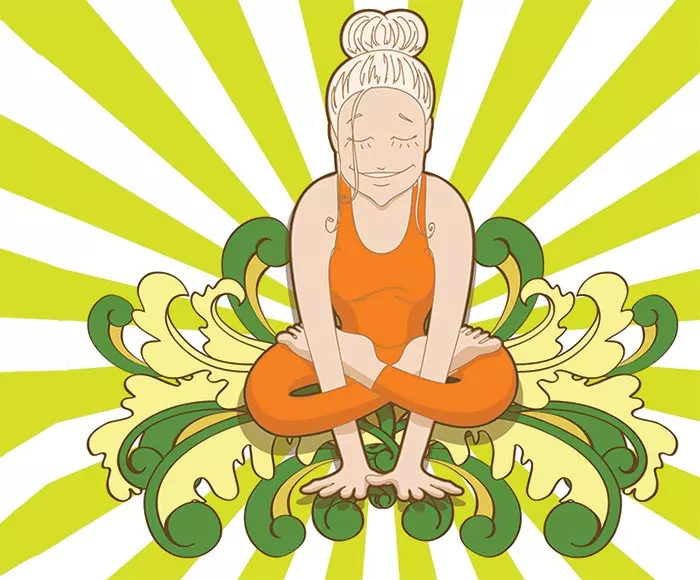


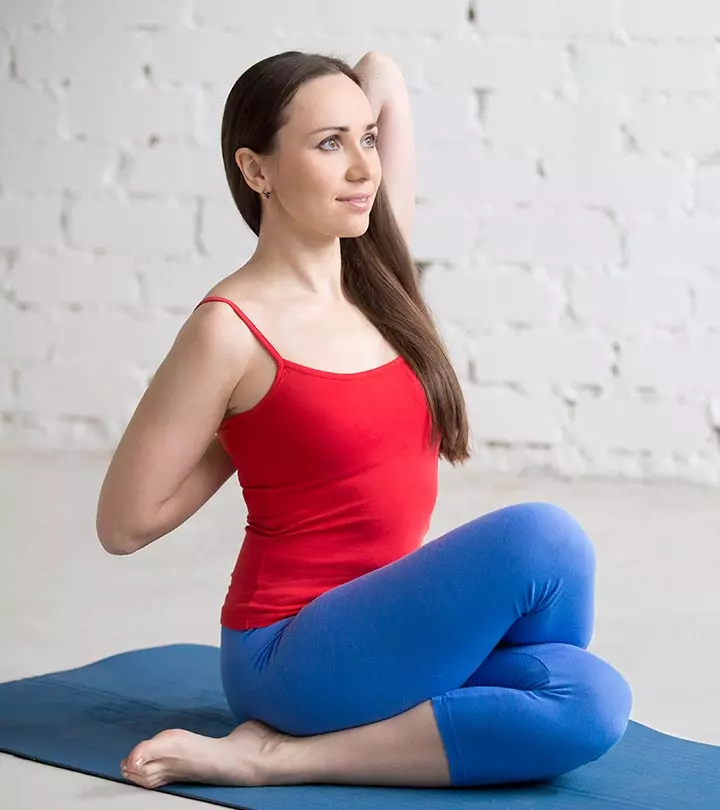

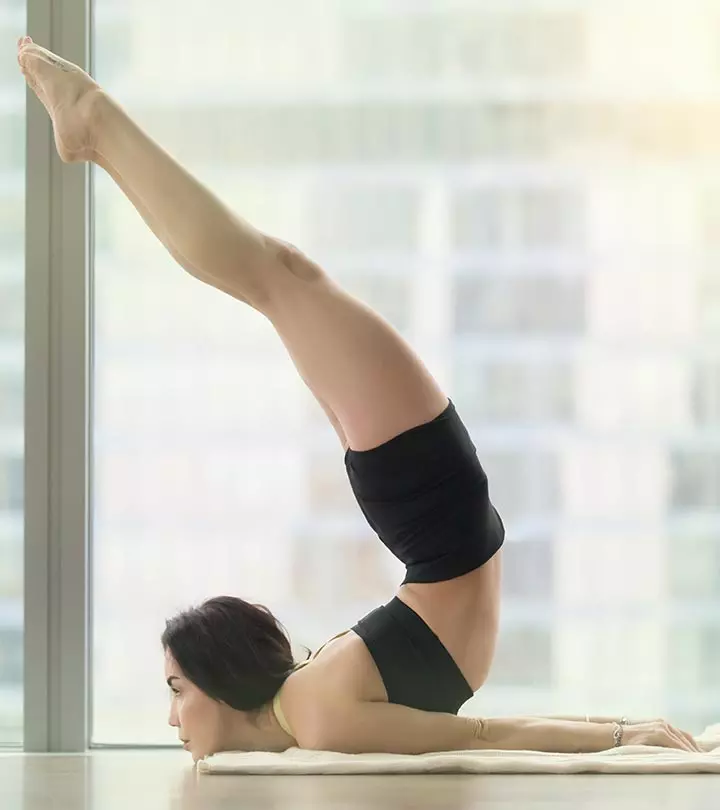
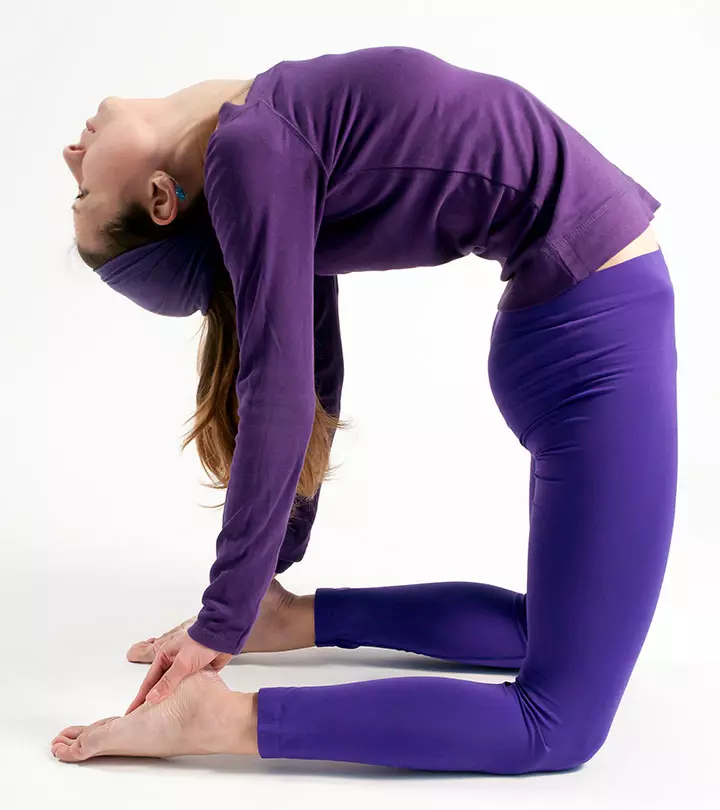
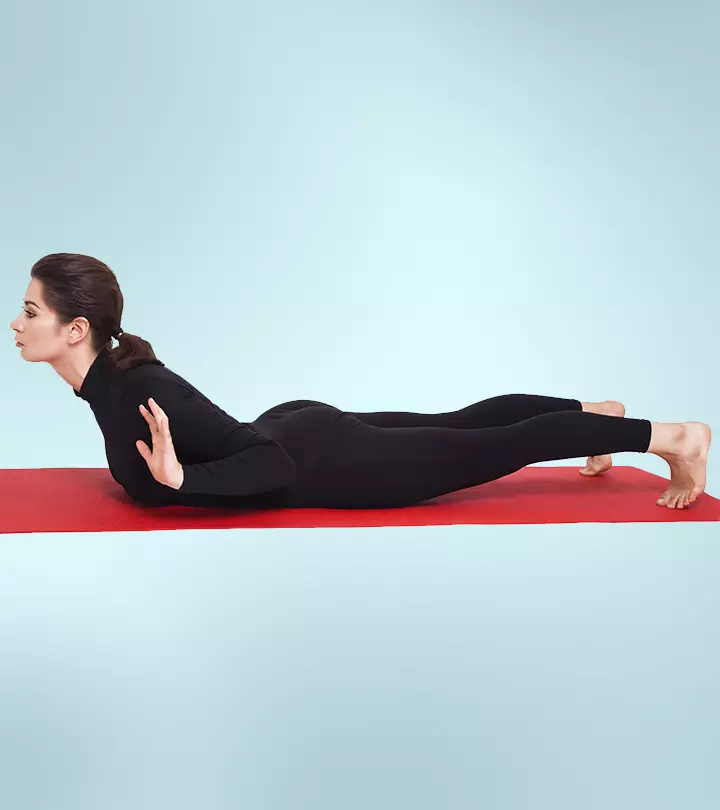
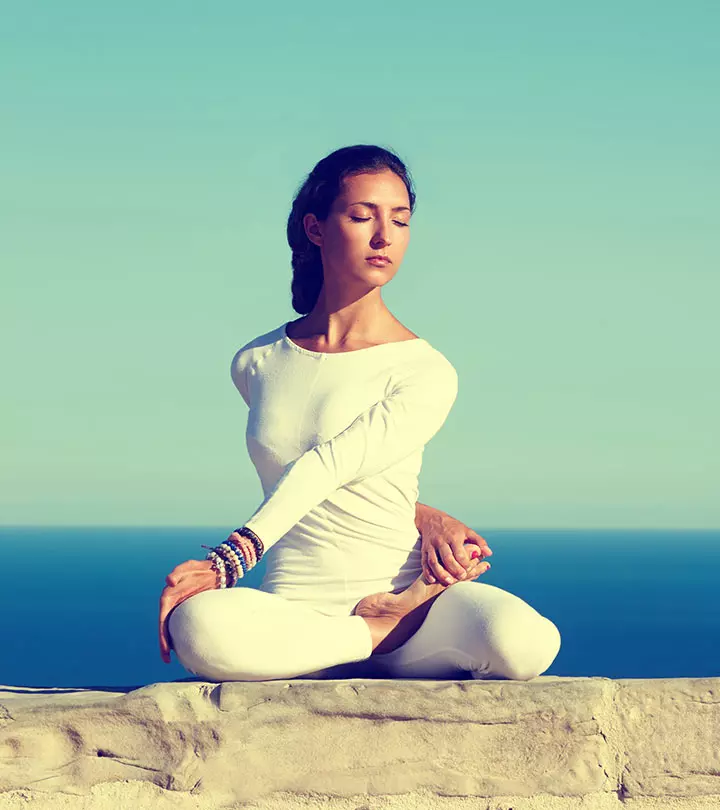
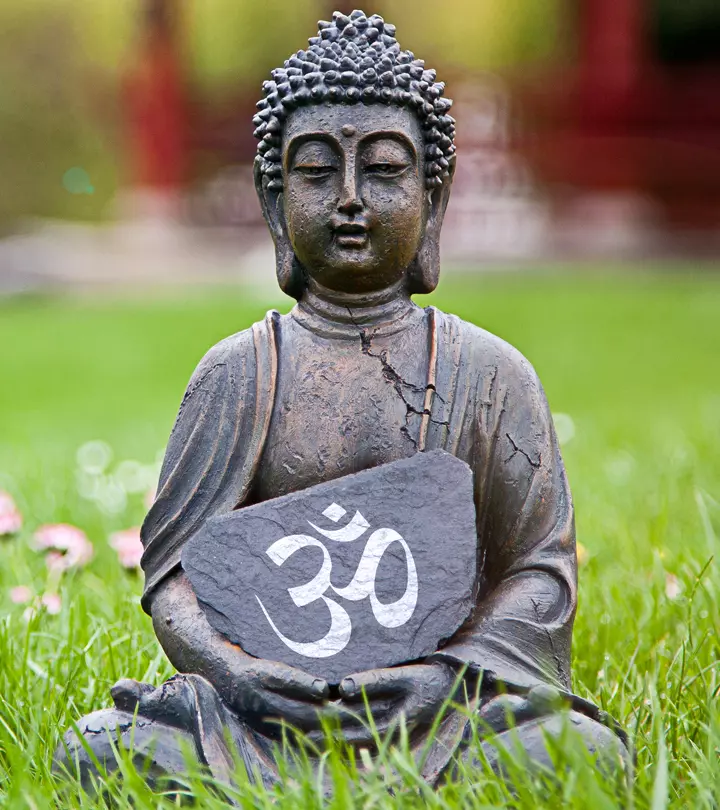
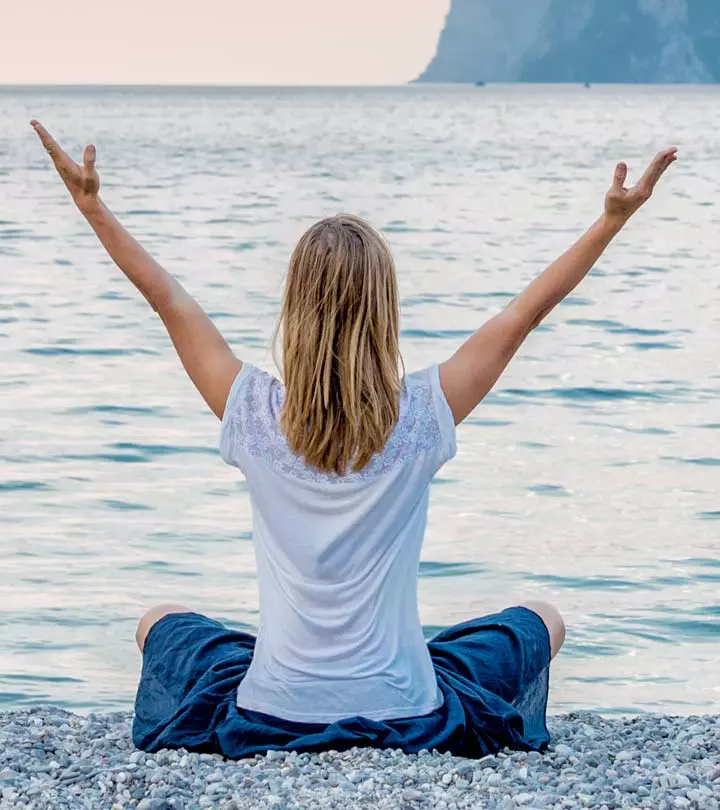
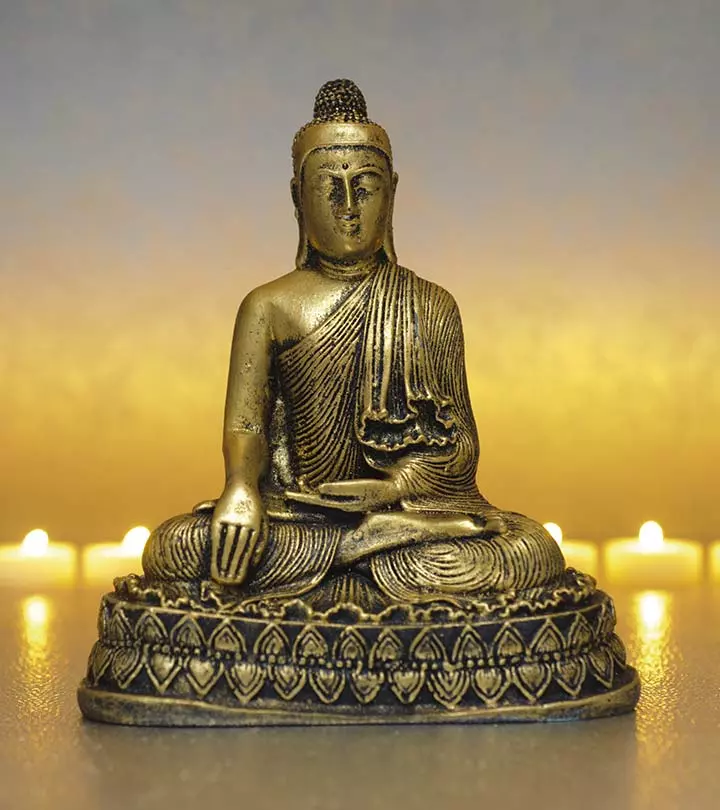
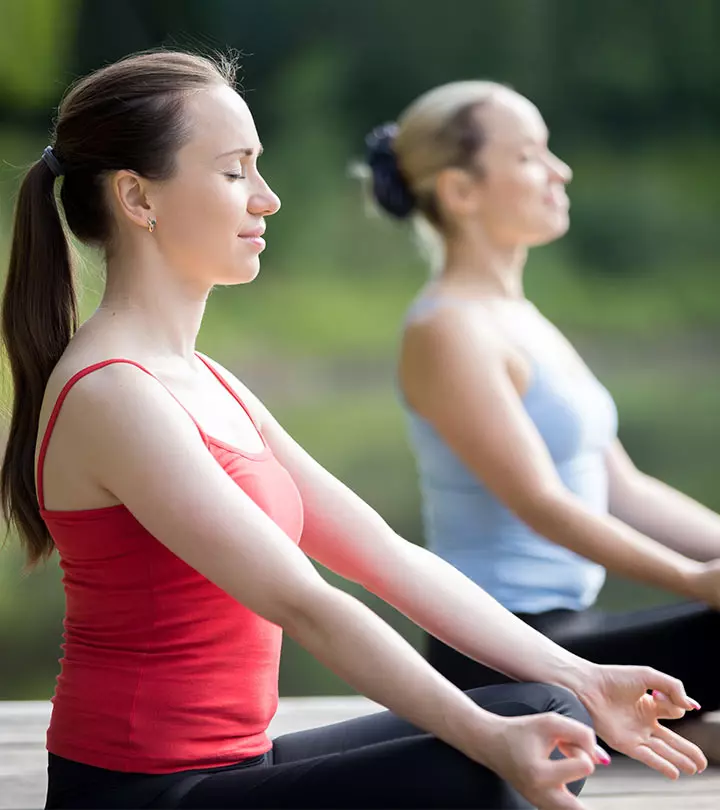
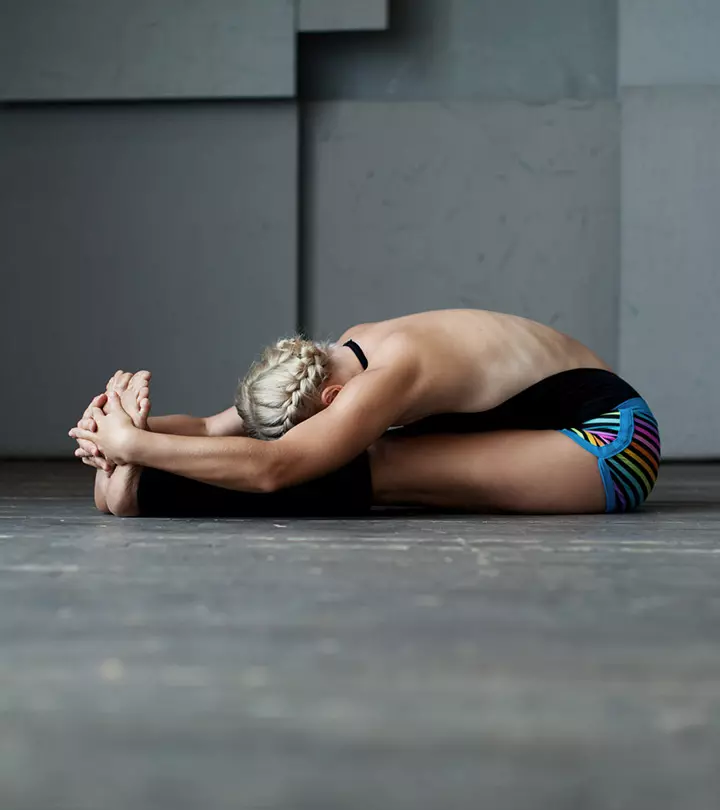
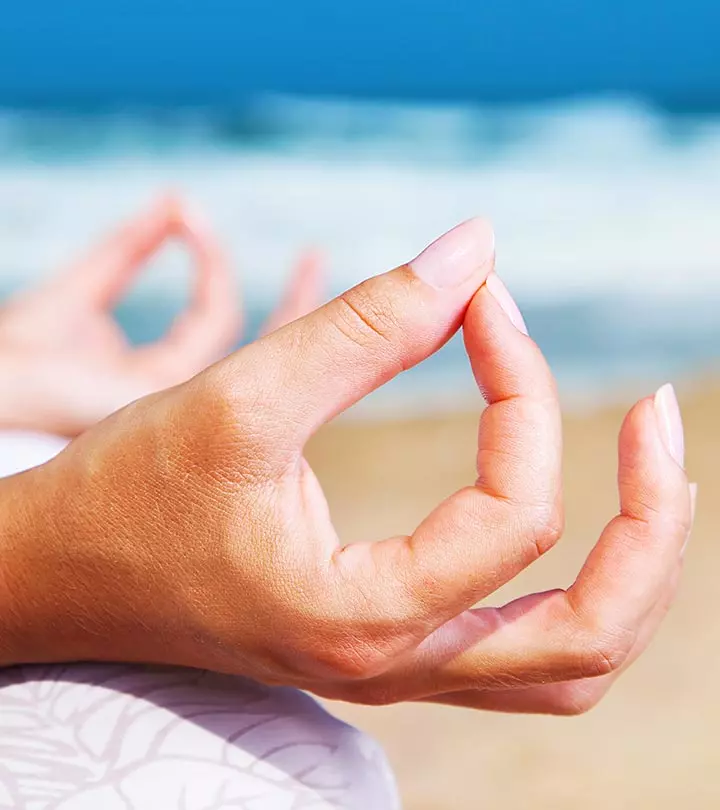
Community Experiences
Join the conversation and become a part of our empowering community! Share your stories, experiences, and insights to connect with other beauty, lifestyle, and health enthusiasts.